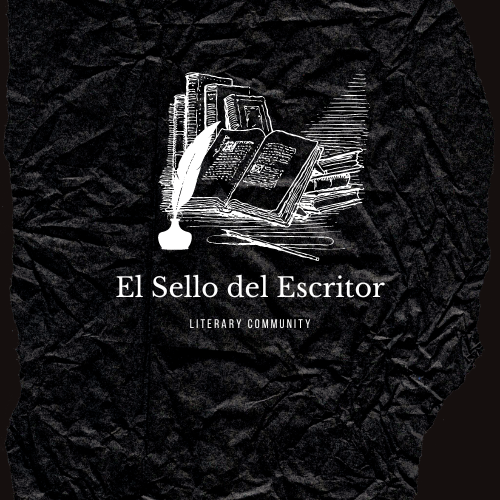Las situaciones para las que puede ser necesaria la elaboración de un texto escrito son tan numerosas como variadas. Cuando hay que preparar un texto, de inmediato surgen, como necesidades, muchas de las preguntas que tienen todas las claves para conseguir un escrito adecuado a las exigencias que lo originaron.
Cada texto es diferente porque la variedad de formas de comunicación escrita, los objetivos, los emisores y lectores, y los temas, momentos y lugares en que se desarrollan hacen que no sea una actividad lineal o con un modelo constructivo aplicable en toda regla a la preparación de cualquier texto. Sin embargo, se pueden considerar, como guía o ayuda, algunas etapas que conforman un proceso general.
Preparación de un texto:
La redacción de cualquier tipo de texto, como una carta, una composición sobre un determinado tema, un memorando, un informe, un cuento o una narración, requerirá un proceso propio, pero también podemos encontrar una serie de pasos que son comunes a todos ellos. Este proceso común, en el que habrá que planificar, crear, escribir borradores, tomar notas o apuntes, corregir, valorar lo escrito y darle su forma definitiva, será más efectivo si se lleva a cabo de manera ordenada y metódica.
La etapa de preparación se puede dividir en dos fases: la primera es la generación de las ideas y su organización, y la segunda es la producción del texto.
Aunque la escritura es un proceso individual, que depende en gran medida de la práctica y de la lectura como fuente de recursos, se pueden plantear preguntas o cuestiones fundamentales que faciliten la realización de un tipo de escrito al que no se está habituado, o que se aborda por primera vez.
Estas preguntas fundamentales, en la etapa de preparación, son:

¿Para qué escribo?
¿Para quién escribo?
¿Sobre qué escribo?
¿Cómo voy a escribir?
Dicho de otra forma, hay que analizar primero la finalidad del texto, después quién es su destinatario, en tercer lugar cuál es el tema y, finalmente, cuál será la actitud y el tono. Como se puede ver, se trata de definir cuáles son los elementos que intervienen en el proceso de comunicación para cada situación en concreto.
COMMUNICATION: Steps prior to writing and preparing a text.
The situations for which the preparation of a written text may be necessary are as numerous as they are varied. When a text has to be prepared, many of the questions that have all the keys to obtaining a writing adequate to the demands that originated it immediately arise as needs.
Each text is different because the variety of forms of written communication, the objectives, the issuers and readers, and the themes, moments and places in which they are developed mean that it is not a linear activity or with a constructive model fully applicable to the preparation of any text. However, some stages that make up a general process can be considered as a guide or help.
Preparation of a text:
Writing any type of text, such as a letter, a composition on a certain topic, a memorandum, a report, a story or a narrative, will require its own process, but we can also find a series of steps that are common to all of them. . This common process, in which you will have to plan, create, write drafts, take notes or notes, correct, evaluate what you have written and give it its final form, will be more effective if it is carried out in an orderly and methodical manner.
The preparation stage can be divided into two phases: the first is the generation of ideas and their organization, and the second is the production of the text.
Although writing is an individual process, which depends largely on practice and reading as a source of resources, fundamental questions or issues can be raised that facilitate the completion of a type of writing to which one is not accustomed, or which is addressed for the first time.
These fundamental questions, in the preparation stage, are:

What do I write for?
Who do I write for?
What do I write about?
How am I going to write?
In other words, we must first analyze the purpose of the text, then who its recipient is, thirdly what the topic is and, finally, what the attitude and tone will be. As you can see, it is about defining what elements are involved in the communication process for each specific situation.

